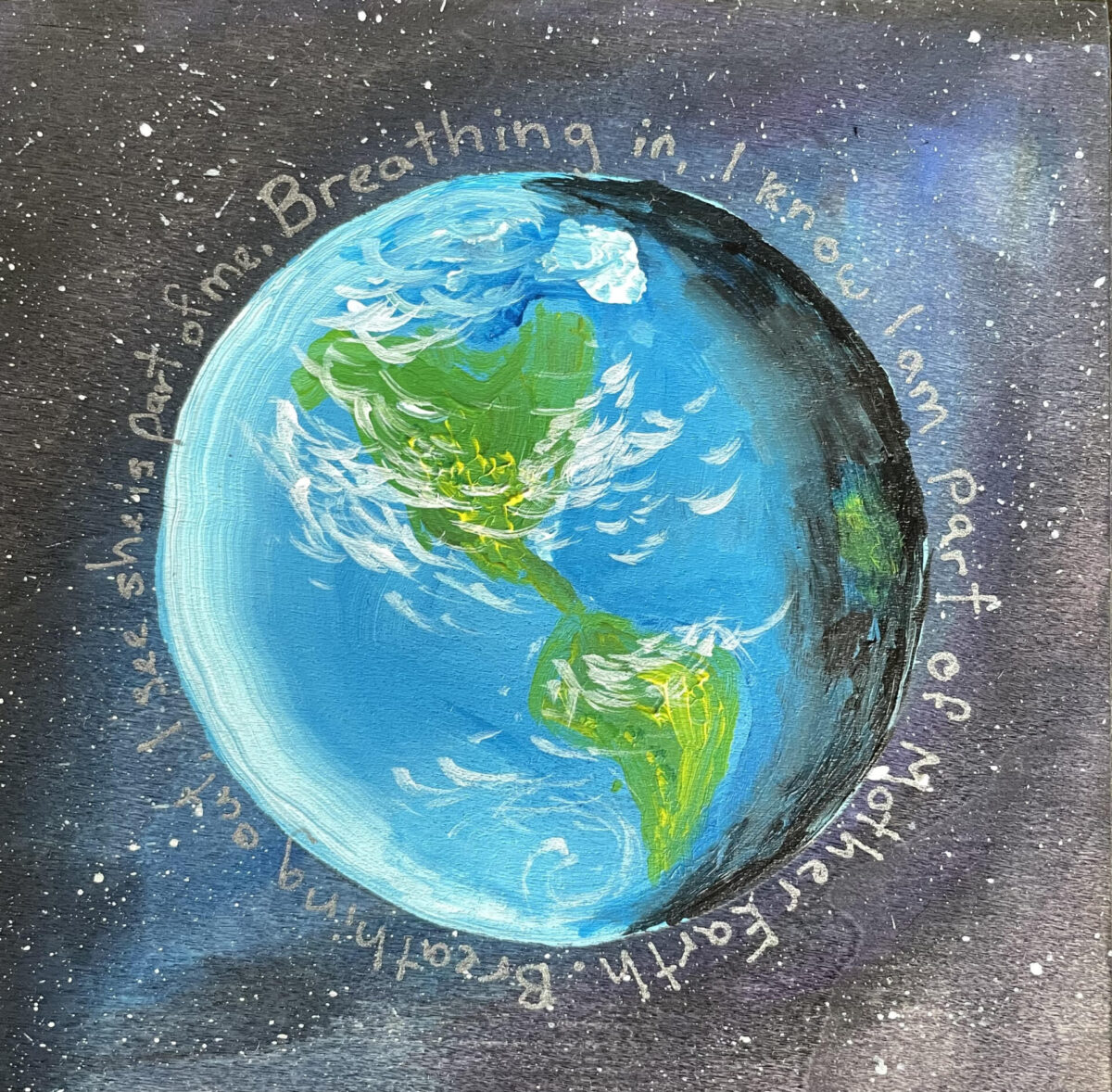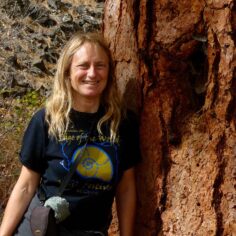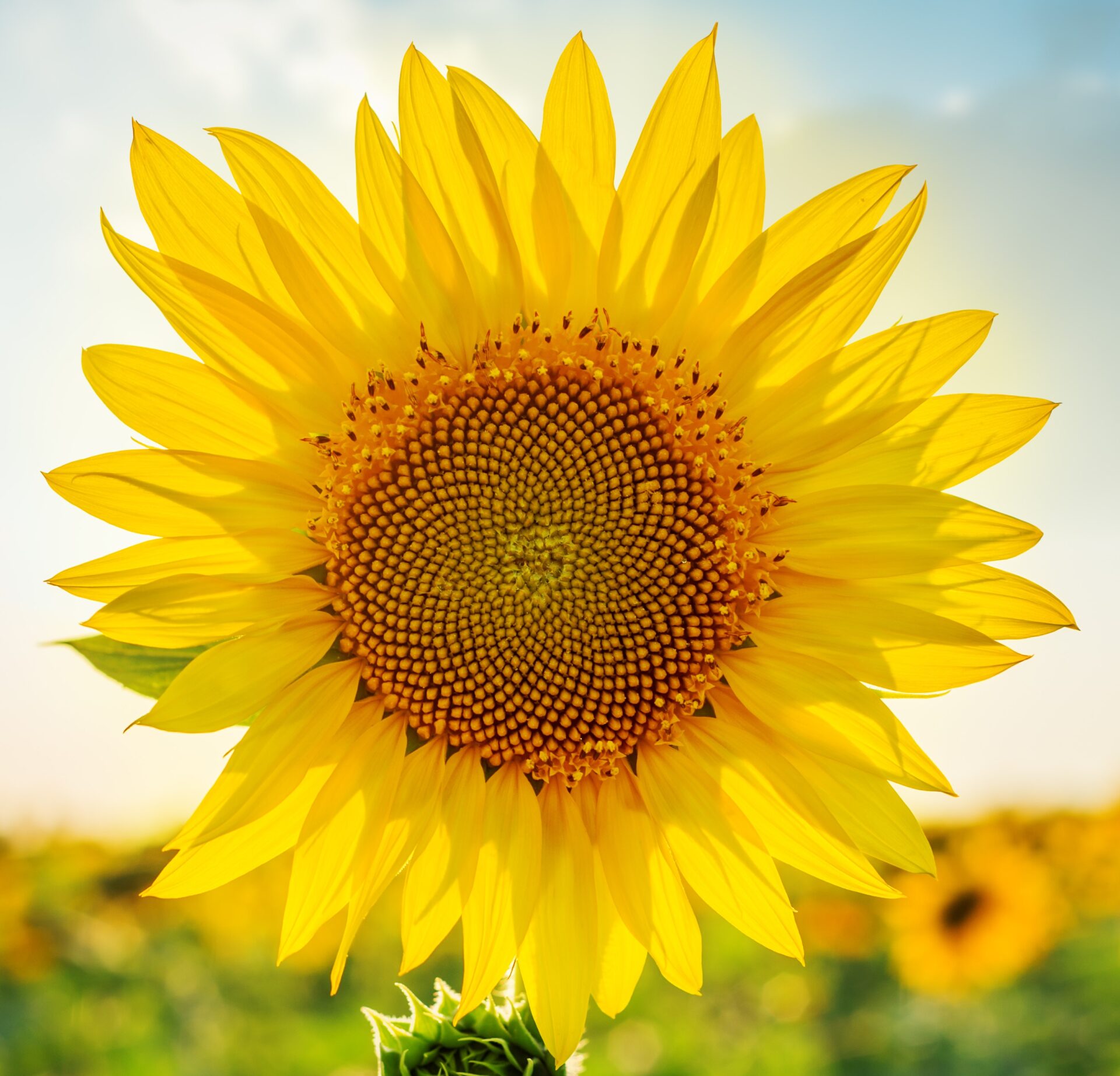Karen Price shares her experience with a powerful insight of nonduality: “I am part of the Earth and she is part of me.”
By Karen Price on
One day, after months of burnout, despair, and ecological grief, an insight rewired my brain:
As I breathe in, I know that I am part of Mother Earth. As I breathe out,
Karen Price shares her experience with a powerful insight of nonduality: “I am part of the Earth and she is part of me.”
By Karen Price on
One day, after months of burnout, despair, and ecological grief, an insight rewired my brain:
As I breathe in, I know that I am part of Mother Earth. As I breathe out, I see that she is part of me.*
As a child, exploring the woods and hedgerows of rural England, watching birds, buds, caterpillars, and the occasional small mammal, I knew I was connected to the Earth. I was the kid who rescued worms from the path, collected lichens, and hatched frogspawn. I felt at home outside. I understood nonhuman animals better than I did my fellow conspecifics.
As a young teen, I ventured into wilder ecosystems when my family settled on xwməθkwəy̓əm (Musqueam), Skwxwú7mesh (Squamish), and səlilwətaɬ (Tsleil-Waututh) Territory in western Canada. I still felt more at home sitting with trees in the rainforest than among people. In these wild forests, my cousins now included bears, eagles, salmon, squirrels, and ancient trees.
I learned about conservation biology early and recognised my life’s passion. I have been privileged to be able to follow this passion as an independent ecologist. I’ve worked at the intersection of ecosystem conservation, climate change, and Indigenous land stewardship for three decades; in that time, I’ve witnessed millions of hectares of wild primary forests become fragmented by roads and converted into tree plantations.
While I loved my work, I always felt a personal responsibility to prevent damage and heal the Earth. I felt losses deeply. Every logging truck (and sometimes I’d see one every five minutes) socked me in the gut with a visceral empathy for the harmed and newly homeless. I became more political, travelling the path from a scientist to a scientist/advocate. It felt right as I struggled, alongside many others, against a system that valued timber and corporate profits above healthy ecosystems and human well-being. But I didn’t have the strength to stay grounded when people fought back, trying to discredit our work and integrity. I felt despair, accompanied by the second arrow of guilt at failing to save the Earth. I burned out. I could no longer function.
About that time, I found Thầy’s teachings through the Plum Village app (I live about a fourteen-hour drive from the nearest in-person Sangha). My inner soil was ready, my burnout created space, and dormant seeds germinated.
One day, after three weeks of focused practice and time in nature, as I walked out of the woods to overlook Dzilh Yez (Hudson Bay Mountain), an insight radiated through me. I’d practiced with the Earth couplet daily, but this time, Thầy’s voice spoke directly to my heart: not only am I part of the Earth, but she is part of me. The distinction dissolved. The insight immediately rewired my brain.

I understood in that instant that I’m not responsible for “saving the Earth”, and I recognised the arrogance inherent in this wrong view of self. It’s not “me” helping the Earth… because we are not separate. We can support each other, as parts of a whole, but we’re not responsible for each other. It reminded me of Thầy’s demonstration of his right and left hands: when one hand is hurt, the other can cradle it and offer support, but it’s not responsible for its healing. There is no duality.
The insight rocked my world. In releasing responsibility, and associated guilt, I freed myself to act. I healed from burnout. I know that I am there for the Earth and she is there for me because we inter-are.
Now, I am free from expressing “my” perspective; instead, I aspire to speak for the Earth. I ask for her help, practicing touching the earth, whenever my direction seems unclear. I feel grounded and calm, able to deliver more effective messages with less stress. The insight of nonduality, by removing the “me” from me, has reduced the need to perform well, emphasised during years of academic training.
And that insight wasn’t the last. The next day, I received another while standing at the same place overlooking the mountain. This insight expanded my view to explicitly include humans—the species I’ve struggled with most. If the Earth and I inter-are, then the same is true for all other humans—including the folks running broken systems that harm the Earth.
As I breathe in, I know that I am part of Mother Earth. As I breathe out, I see this is true for all other humans.
I still feel empathy for lives lost when I see logging trucks, but now I also feel empathy for the driver who shares the Earth’s suffering. I still feel frustration when people defend harmful practices, but now I can breathe and speak from a place of connection that reaches beyond the Earth and my nonhuman cousins and embraces my own species with compassion too.
* adapted from the “Connecting with Mother Earth” guided meditation by Thích Nhất Hạnh on the Plum Village app.


